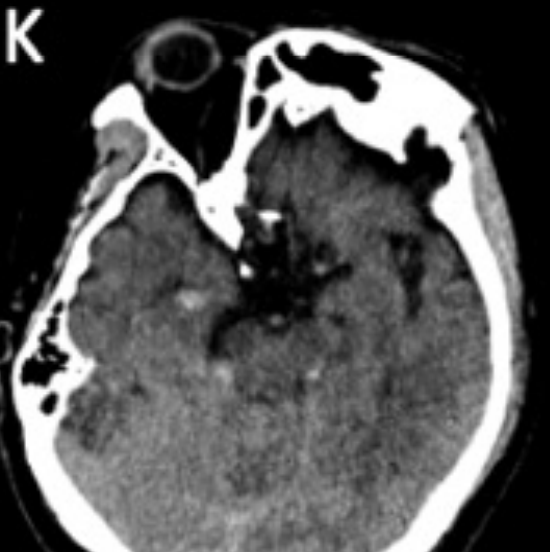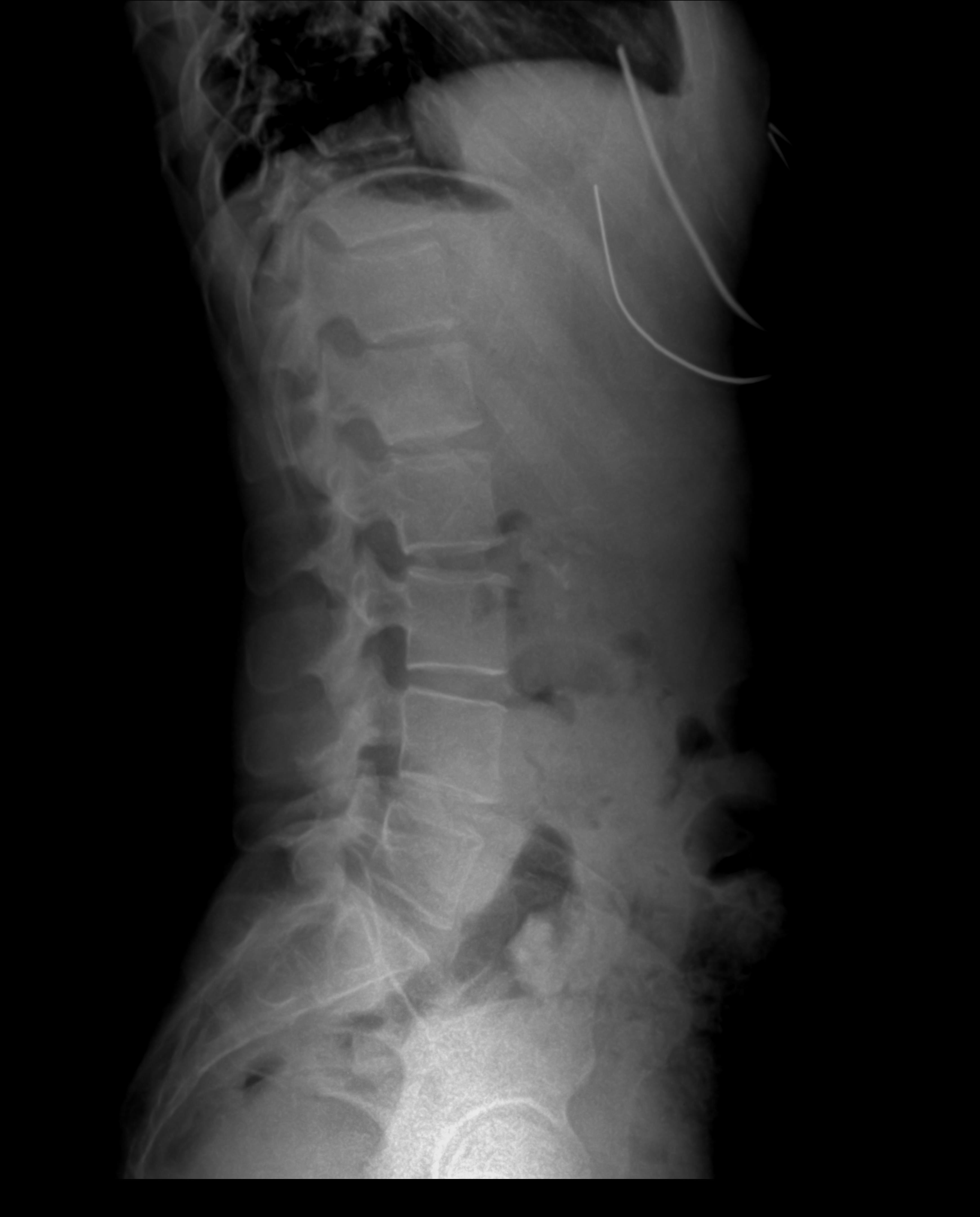Artificial Intelligence Studies
Automated Surgical Intervention Support Tool for Traumatic Brain Injury (ASIST-TBI)
Dr. Christopher Witiw and Dr. Errol Colak lead this project, which was developed by AI specialist Christopher Smith. The tool predicts the need for neurosurgical intervention in brain-injured patients without using image-level labels, aiming to improve triage efficiency. It was trained and validated on a large retrospective TBI CT dataset and tested prospectively on all TBI patients at the center.



Development of Artificial Intelligence to Optimize Triage and Establish Early Warning Systems for Patients with Traumatic Spinal Cord Injury (ASIST-SCI)
Traumatic spinal cord injury (SCI) is a life-altering condition with profound and lasting impacts on individuals, their families, and support networks. It is a major cause of morbidity and mortality, with in-hospital mortality rates ranging from 4% to 17%. In this retrospective study led by Dr. Christopher Witiw, we aim to evaluate the performance of a machine learning model in predicting one of three clinical pathways for SCI patients:
1. immediate neurosurgical intervention,
2. close observation due to high risk of clinical or radiologic deterioration requiring later surgery, or
3. admission for observation without the need for surgical intervention.
We anticipate that the model will support more efficient triage by distinguishing patients who require urgent neurosurgical consultation from those who can be safely monitored at external centers. This tool may assist healthcare providers in identifying patients at risk of deterioration, ultimately improving care coordination and outcomes.
Development of Artificial Intelligence to Optimize Triage and Establish Early Warning Systems for Patients with Traumatic Injuries (ASIST-Trauma)
Traumatic injuries can lead to permanent life-altering impacts on individuals and their support systems, often resulting in significant morbidity and mortality, with hospital mortality rates range from 4% to 33%. This study seeks to develop a suite of AI models designed to predict the need for urgent surgical intervention based on initial imaging and clinical characteristics.
Using CT scans obtained upon presentation at St. Michael’s Hospital, the models will analyze features such as fracture morphology, soft tissue changes, and patient-specific variables including age, coagulation status, and injury mechanism. The goal is to enhance surgical triage by distinguishing patients who require immediate attention. By anticipating the risk of clinical or radiologic decline, the models will support timely decision-making and optimize resource allocation across the trauma care pathway.
